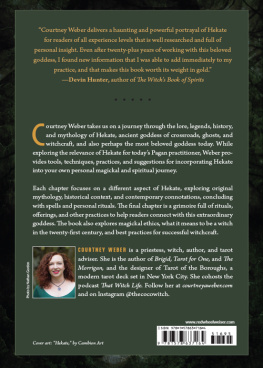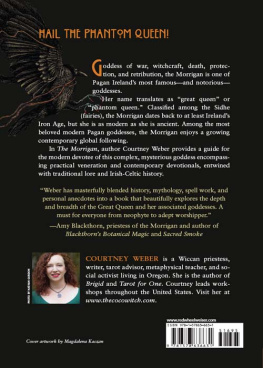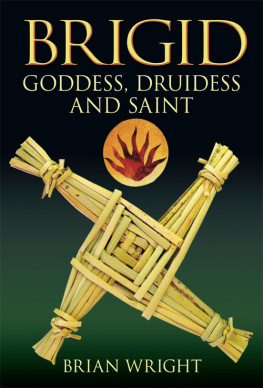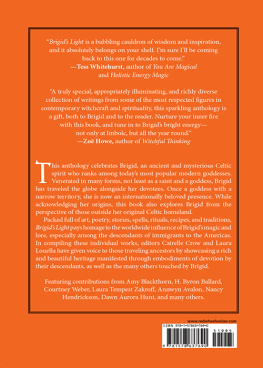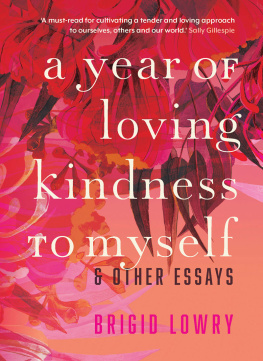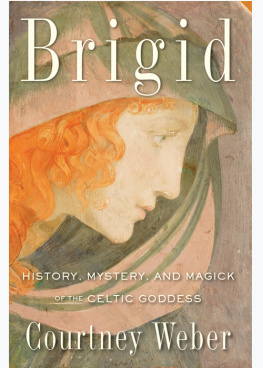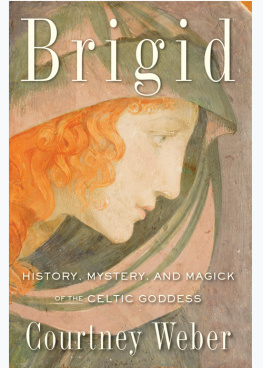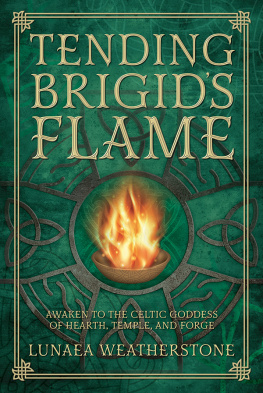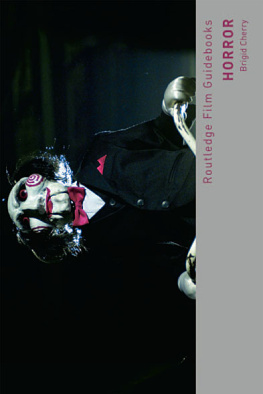
This edition first published in 2015 by Weiser Books, an imprint of
Red Wheel/Weiser, LLC
With offices at:
665 Third Street, Suite 400
San Francisco, CA 94107
www.redwheelweiser.com
Copyright 2015 by Courtney Weber
All rights reserved. No part of this publication may be reproduced or transmitted in any form or by any means, electronic or mechanical, including photocopying, recording, or by any information storage and retrieval system, without permission in writing from Red Wheel/Weiser, LLC. Reviewers may quote brief passages.
ISBN: 978-1-57863-567-2
Library of Congress Cataloging-in-Publication Data available upon request.
Cover design by Jim Warner.
Cover photograph: A Muse, 1895 (oil on slate), Point, Armand (1861-1932) / Private Collection / Photo Christie's Images / Bridgeman Images
Interior by Maureen Forys, Happenstance Type-O-Rama
Typeset in Kepler and Benton Sans
Printed in the United States of America
EBM
10 9 8 7 6 5 4 3 2 1
www.redwheelweiser.com
www.redwheelweiser.com/newsletter
Contents
Dedication
For Donn Kean and Zan Puck Fraser: Scribes in this world, Muses in the next. You are missed.
And of course, for Brid.
CHAPTER 1
Who Is Brigid?
Brigid, that is, the female poet, daughter of the Dagda. This is Brigit the female seer, or woman of insight, i.e., the goddess whom poets used to worship, for her cult was very great and very splendid. It is for this reason that they call her the goddess of poets by this title, and her sisters were Brigid the woman of leechcraft and Brigit, the woman of smithcraft, i.e., goddesses, i.e., three daughters of the Dagda are they. By their names the goddess Brigid was called by all the Irish.
CORMAC MAC CUILENNIN, Tenth-century scholar
A character quaint and fierce, powerful yet graceful, has woven a trail across oceans and borders, cultures and languages, practices, folklore, prayer, and song, creating a strangely perfect sort of unity melded only under a divine hammer. She stands watch over the delicate, serene trickle of Ireland's holy wells and stoic Welsh cathedrals. She appears in Glastonbury's healing temples, depicted with flaming sun-hair, and also in murals of the Haitian Voudon Lwa, with a pale face in a wild, clashing costume, watching over the cemetery. She stands with a shepherd's staff over a tiny fox as the patron saint of New York City's Loisaida. In Ireland, she has been called Bhrde, Brig-eoit, Brigit. In Scotland, Brigh, Bridi, Bridean, Brd. Wales has called her Bregit, Breit, Breid, Freit, Ffraid, Ffred, Fride. In what is now France she has been called Brigette or Britta, and in England, she was known as Brigitae or Brigantia. This is the Goddess of the forge and anvil, of poets, painters, and prophets. She is a Goddess of healing as well as battle, of fire but also water, of love and of death. She blesses small animals, guards orphaned children, and challenges authority. She has crossed the chasm of regional land Goddess to Christian saint and back again to a contemporary Goddess of a global scope. Distinct as the multitude of tongues that speak her name, and deeply rooted in creation, destruction, regeneration, and sometimes contradictionthis is Brigid.
A teacher of mine believes a whole spiritual tradition could be filled solely with Brigid devotees. In the Neo-Pagan community, I have seen a plethora of covens dedicated to her and met more Brigid devotees than I can count. This does not include the hundreds of churches, women's groups, convents, and other spiritual or secular charity organizations dedicated to Brigid. She is everywhere and she is not relegated to one faith.
But who is Brigid? So much about her remains a mystery. How did a Goddess whose origins lay in the soils and waters of the Celtic world slowly but deftly take hold in so many places, both at the source and thousands of miles away? How did she begin and, perhaps more curiously, what has she become?
BRIGID THE EXALTED: A CELTIC GODDESS
To understand a Deity, one must attempt to understand the history and nature of the first people to worship that Deity. Brigid originated in the pantheon of the Celtic peoplethe residents of Ireland and the British Isles. Much like Brigid, the history of these people is mysterious and complex. I once heard a description that exploring the Celts' historic identity is like watching television with the sound off. One can kind of decipher what's going on, but quite a bit of the story is lost. Mysterious artifacts tell us a bit about what the ancient Celts were like, but prior to the introduction of Christianity, the Celts left no written records. We are left guessing at what these pieces meant to the people who utilized them. Neighbors of the ancient Celts left the most descriptive accounts, but this is a little problematic. Most of the history written about the ancient Celts was penned by foreigners or enemies who may not have had an adequate understanding of Celtic culture or who likely wrote slanted accounts. Sometimes, Deities and their myths are the best informants about the people who worshipped them, and in looking through the Deity to understand the people, we learn even more about the Deity.
What we do know about the ancient Celts, based on their peers' writings, is that they were envied for their beautiful clothing and jewelry, but feared on the battlefield. They were criticized for indulging in booze and sensual pleasures, but also praised for their health and fitness. Some marveled at the Celtic society, where it was said no beggars could be found, and admired their extensive hospitality to friendly guests. Other accounts describe the Celts as shrewdly protective over their lands and tribes, wary of strangers, unabashedly willing to shed blood to defend what was theirs. Their religious world was equally passionate, and it was from this that Brigid's iron-strong legacy was born.
The ancient Celtic world was a massive civilization whose height of power occurred roughly 600 B.C.E. to 400 C.E. in Ireland and the British Isles, as well as what is now Portugal, northern Italy and Spain, France, southern Poland, and central Turkey. It was a melting-pot culture which originated from tribes that immigrated from extensive regions of the world, intermarrying with pre-Celtic indigenous peoples. Brigid likely began as a collection of Goddessessome regional Stone Age Goddesses, some imported with immigrating tribes. In the way that streams feed rivers, these early Deities fed into Brigidher own ancestral streams possibly tens of thousands of years old.
As Celtic culture grew, its pantheon exploded. One explorer counted over 400 Deities in the British Isles, alone. The names and myths of many were lost to time and eventually to religious conversion when Christianity moved in. The few that did find their way into written lore often did so centuries later through the pens of Roman explorers and Christian monks. Some were painted with a seemingly subjective slant as frightening characters that could have been the new religion's interpretation. Yet, some of the descriptions may have been somewhat accurate. Celtic Deities were literal representations of forces of nature which could be unpredictable and not always benevolent. Ocean Gods could supply food and travel, but could also flood coastal villages and swallow sailors. Sun Gods could nurture crops, but also hide behind a rain bank for months leaving the fields to rot. Celtic Goddesses were typically not gentle, loving mother-figures, but aggressive, voracious, highly sexual, even bloodthirsty. Ronald Hutton in
Next page

